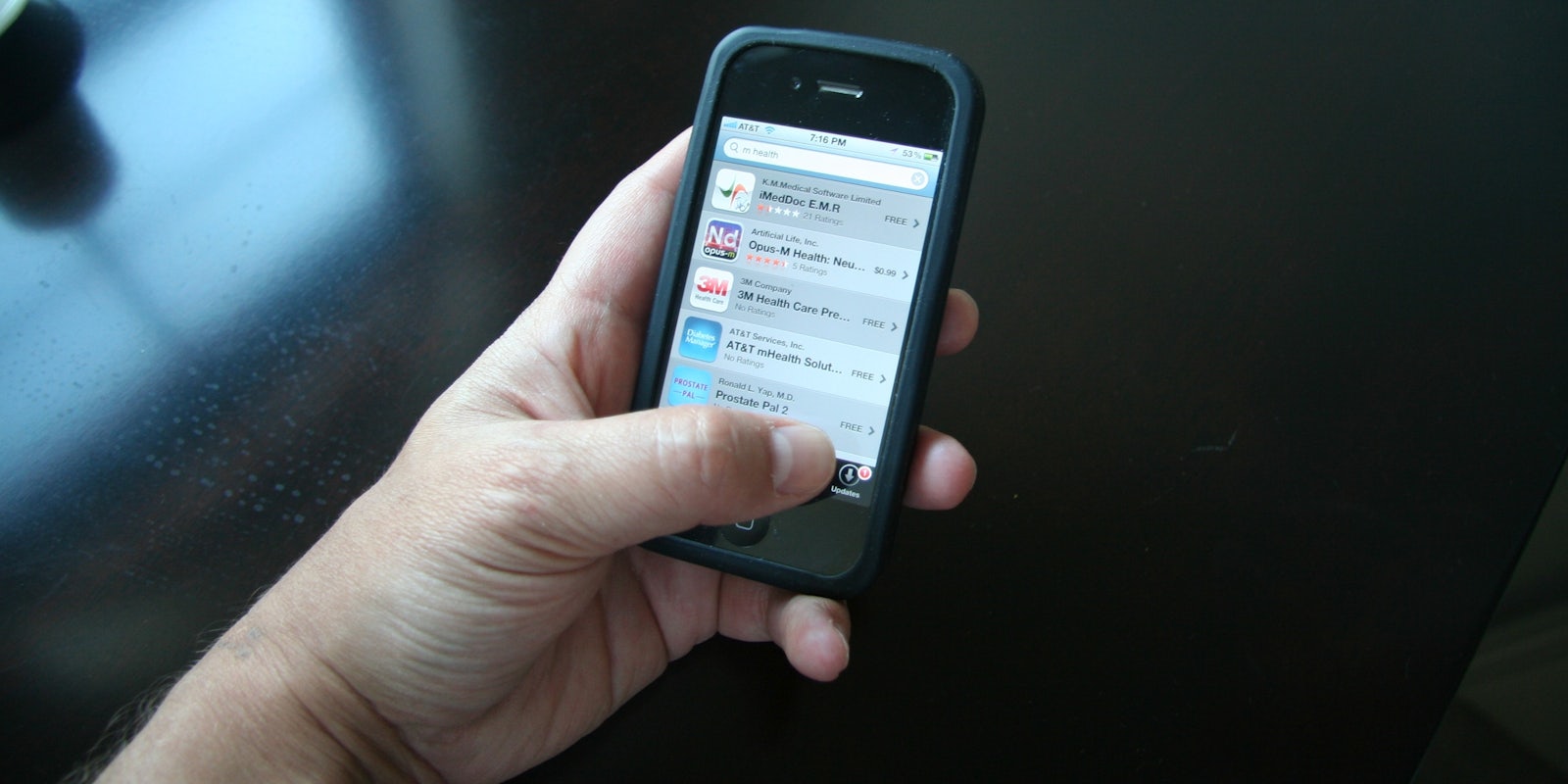Researchers at Columbia University have built an STD testing device that plugs into your smartphone and can test you for syphilis and HIV in just 15 minutes.
Headed up by associate professor Samuel K. Sia, the research team developed the device as an alternative to the bulky, expensive lab equipment usually required for this type of test. Using the new smartphone dongle, you just prick your finger, enter the blood sample, and use a phone app to get your results. This YouTube instruction video shows just how quick and easy the future of STD testing could be.
To many people, the applications of this gadget might seem obvious. The awkwardness of requesting a blood sample during foreplay aside, you could potentially use one of these testing kits to check prospective sex partners for STDs.
Additionally, due to the cultural stigma surrounding sexually transmitted diseases, getting tested at a public clinic is an invasive and humiliating process for many people. With this device, you could get tested in the privacy of your own home, without having to deal with the potential embarrassment of running into someone you know at a doctor’s office or clinic.
The portable smartphone test kit also has the potential to save lives in places like Rwanda, where it might not be possible to get tested at a brick-and-mortar clinic. The dongle was tested in Rwanda by doctors who had signed onto programs combating mother-to-child disease transmission. It only took 30 minutes to train healthcare workers to use the device, and 97 percent of patients recommended it afterwards.
“We are really excited about the next steps in bringing this product to the market in developing countries,” said Sia. “And we are equally excited about exploring how this technology can benefit patients and consumers back home.”
Photo via Intel Free Press/Wikimedia (CC-BY-2.0)


